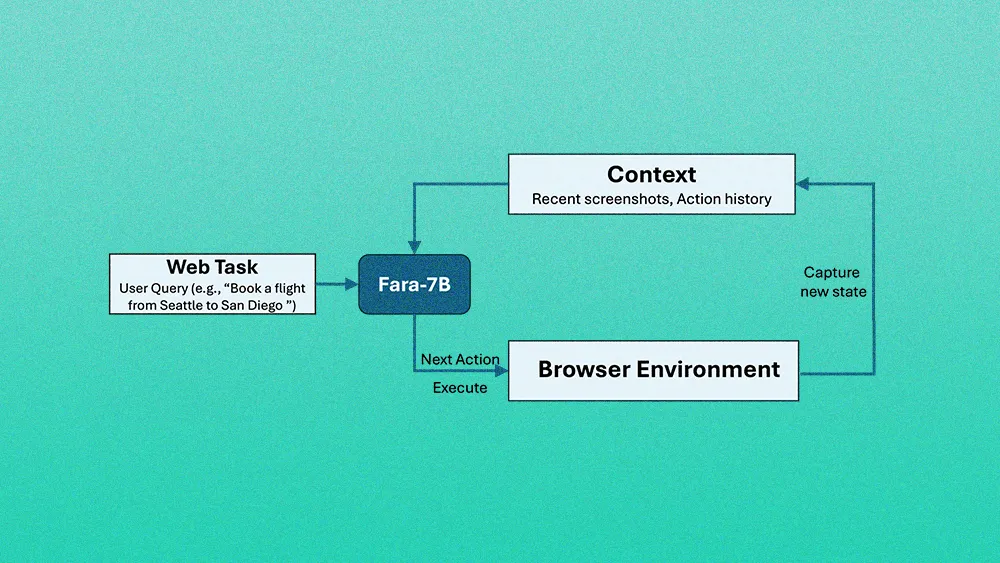The honeymoon phase for AI agents is over, as the "Wow!" factor shifts to "How" for implementation experts. The focus now is on orchestration: developing the strategy and governance to direct a digital workforce at scale. Building the first agent was about proving the tech works. The hard part is managing the fleet.
Daniel Prager is the Lead Commercial PDM Director of Google Cloud Alliance at business and technology consulting company Slalom. We spoke with him about the structural shifts redefining how enterprises adopt, govern, and scale AI agents, and what it takes to stay ahead as orchestration becomes the new mandate.
From manager to maestro: "As a director, I know how to manage five or six people. But what happens when I have to direct a fleet of 30 agents? That’s the next big governance question." Prager’s question gets to the heart of the new management challenge: orchestrating a complex digital workforce at scale forces leaders to rethink the very nature of a team.
IT vs. the world: Prager sees a "clash of two worlds" brewing inside organizations long before that fleet can be managed. "You have a clash of IT-owned, very specific custom agents and business-owned, out-of-the-box agents built with simple connectors," he says. This dynamic pits IT's mandate for security, stability, and control against the business's demand for speed and autonomy.
Without a unified strategy, this risks creating a digital wild west, where powerful but ungoverned agents operate in the shadows, introducing security flaws and creating data silos that undermine the entire enterprise.
The whole enchilada: To resolve the conflict, Prager points to the power of a fully integrated platform. The real differentiator isn't just access to a top-tier model, but controlling the entire technology stack. "It’s not just something like Gemini, because other hyperscalers can access that. It's the integration of the data stack, the AI stack, the chips, and the UI on top—all in one vertically integrated supply chain that gets customers really excited," explains Prager.
Organizing for change: On the organizational side, Prager advocates for a centralized, cross-functional body to steer the company’s AI strategy and ensure readiness for the changes ahead. "You need to form a cross-functional governance committee, an AI Office, that gets the right stakeholders from across the organization to truly understand the impact of this technology," he says.
First things first: The evolution of AI is moving at a breakneck pace. Prager sees a clear trajectory: 2024 was about generative AI, this year is about building the first single agent, and the next 12 to 18 months will be about orchestrating the fleet. But, he cautions, "You have to start with the business value and the outcome you want to drive, not just the technology."









